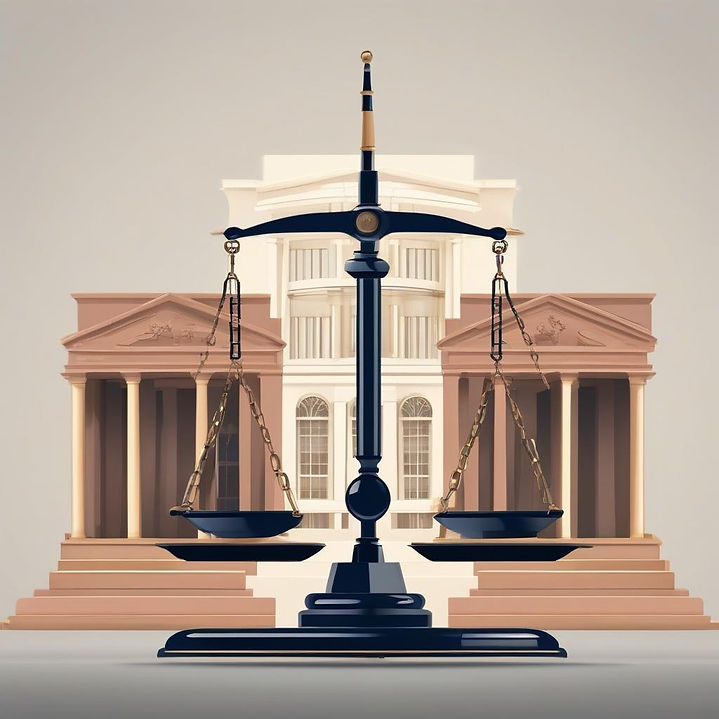

Culture
Structural Relationships
Norms & Traditions
Decision-Making
Art & Literature
Philosophy
Resources
Language
Elements of Culture Self-Assessments
Explore the core elements of classroom culture that allow schools to recognize where inconsistencies or disparities may exist in decision-making processes, social structures, norms, and philosophical frameworks among different classrooms. This awareness enables school staff to address potential sources of confusion or conflict for students navigating multiple cultural contexts within their school environment.
Try the first of seven self-assessments below.

In classrooms, decision-making structures are determined by whether they are led by teachers or students and whether they prioritize individual or collective preferences. Teachers can lead decisions focusing on individual student needs or the class's collective well-being, while students can lead decisions based on personal preferences or collective agreement. The choice depends on factors like student age, decision nature, and desired classroom culture, aiming to foster inclusivity and empowerment in learning. This single element of classroom culture is necessary for creating a shared language about culture among a school's staff.
Click the 'View' button below to complete the self-assessment.
Results are shared via scheduled conversation with Greg Mullen (link below).
About the Developer
Greg Mullen
I value my research and exploration into culture in education and hope these tools help educators and other leaders in education address resistance toward effective change initiatives by promoting cohesive culture in classrooms across grade levels on school campuses.
Contact via email:




